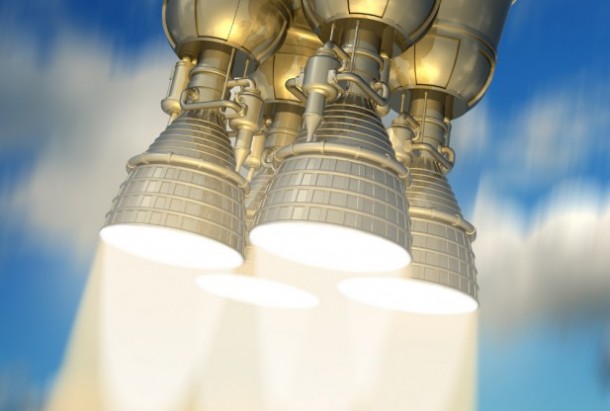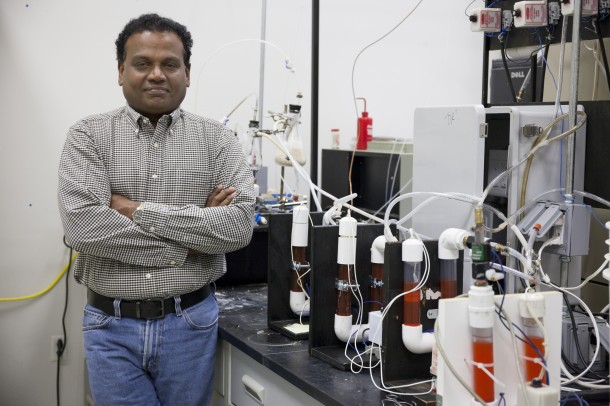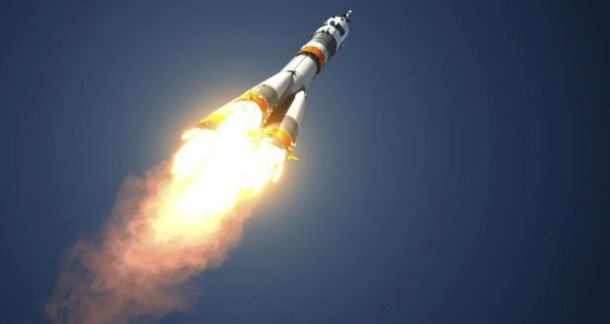Till now, human waste being produced in the space is loaded up into vehicles that burn up when they re-enter the Earth’s atmosphere. However, that is not a very practical solution if we are looking to colonize Moon. NASA started exploring means to somehow reduce the load that a spacecraft leaving from Earth has to carry and turned to University of Florida researchers to find some alternative ideas. The solution put forward by University of Florida is a process that transforms the waste into rocket fuel.
Pratap Pullammanappallil, Associate Professor of Agricultural and Biological Engineering at UF, and Abhishek Dhoble (who was a graduate student back then and is now at University of Illinois as Doctoral student) took this project. They were provided with human waste that was chemically produced and packaged by NASA. This included simulated food waste, wash cloths, packaging materials, clothing material and towels. The team ran a number of tests to calculate how quickly methane can be created from these materials.
The team was able to produce 77 gal of methane over a week per day per person through an anaerobic digester process. Microorganisms hack away at the organic material in this process and kill the pathogens without the presence of oxygen to create a mix of carbon dioxide and methane.
Pratap Pullammanappallil said, “We were trying to find out how much methane can be produced from uneaten food, food packaging and human waste. The idea was to see whether we could make enough fuel to launch rockets and not carry all the fuel and its weight from Earth for the return journey. Methane can be used to fuel the rockets. Enough methane can be produced to come back from the Moon.”
The digestion process would be producing another 200 gal of water that can be further separated into oxygen and hydrogen via electrolysis. Pratap Pullammanappallil said that the oxygen would then be used for breathing backup system, whereas the exhaled carbon dioxide and hydrogen would be used to create methane and water.
This new research has opened up a whole new range of possibilities for space travel. What are your views? Let us know in the comments section below!




